Dr. Elguizaoui’s Latest Articles: Insights You Can Trust
.jpg)
Whether you’re a professional athlete, weekend runner, or simply active in daily life, injuries can happen to anyone. That’s where orthopedic sports medicine comes in — a subspecialty focused on diagnosing, treating, and preventing injuries of the bones, joints, muscles, tendons, and ligaments that keep you moving.
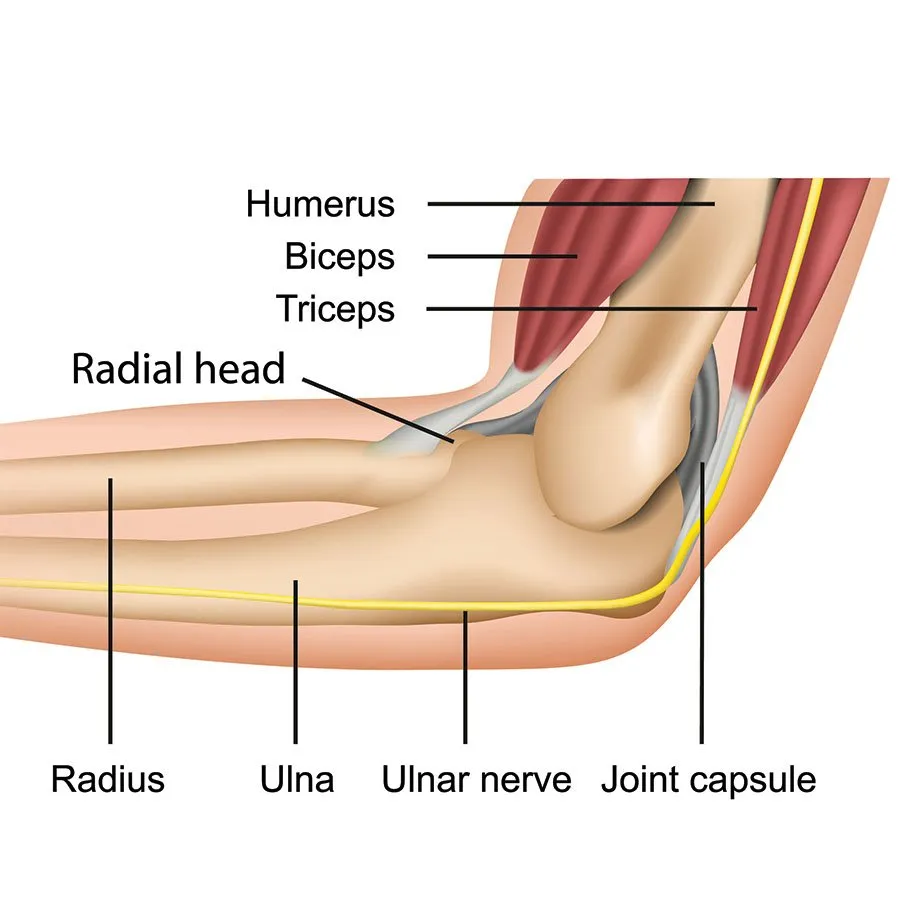
A radial head fracture is one of the most common elbow injuries—often caused by a fall onto an outstretched arm. These injuries can range from small, stable cracks to complex fractures that require surgical repair,

Hockey is one of the most dynamic and physically demanding sports. High-speed skating, sudden direction changes, and heavy contact put major stress on the joints, muscles, and bones. Whether you play recreationally or competitively, knowing the most common orthopedic hockey injuries—and how they’re diagnosed and treated—can help you recover faster and stay in the game.

The extensor mechanism of the knee, made up of the quadriceps tendon, patella, and patellar tendon, is critical for walking, running, and jumping. Tears of the patellar tendon or quadriceps tendon are serious injuries that disrupt knee extension, causing pain, weakness, and disability.This article explores reasons why these tendon tears occur, indications for operative and non-operative management, and the latest surgical techniques and evidence-based outcomes.

The meniscus is a C-shaped piece of cartilage that cushions and stabilizes the knee joint. When severely damaged or removed (meniscectomy), patients may develop pain, swelling, and an increased risk of early arthritis. For younger, active patients with persistent knee symptoms after meniscus loss, a meniscus transplant (meniscal allograft transplantation) may be recommended. This blog explores why a meniscus transplant may be necessary, the techniques used, and what current evidence says about outcomes.

Orthopedic sports medicine has entered an exciting era. With athletes and active individuals demanding faster recovery and longer-lasting joint health, innovation is driving new approaches to diagnosis, treatment, and joint preservation. From biologics to robotics, these emerging technologies are reshaping how physicians manage sports injuries and degenerative joint conditions. In this article, we’ll explore the top emerging technologies and treatments in orthopedic sports medicine and joint preservation, their potential benefits, and how they are transforming patient care.
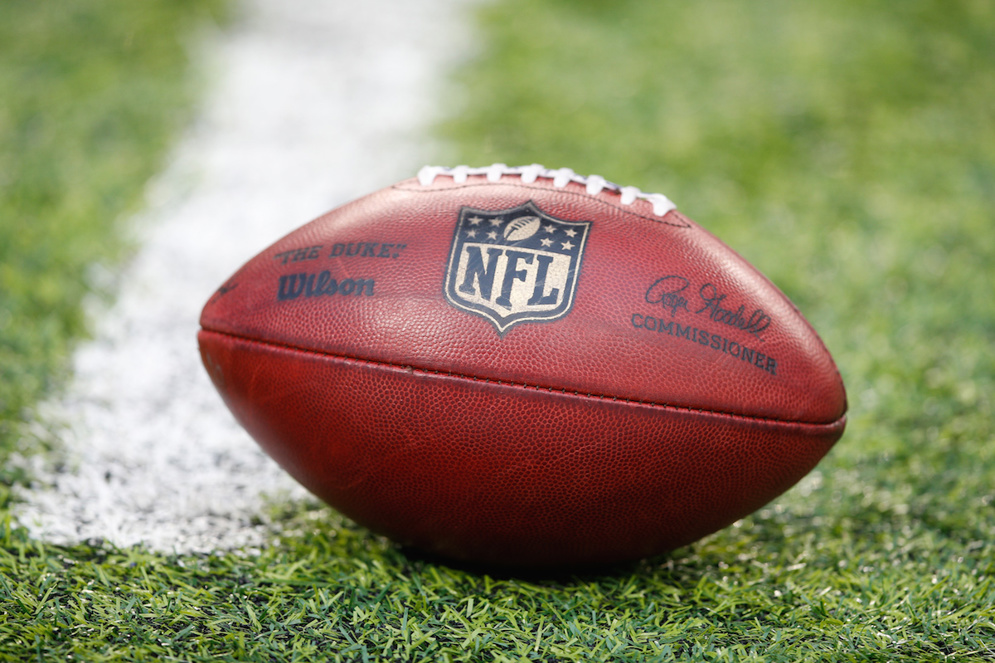
Football is one of the most physically demanding sports, and with high intensity comes a high risk of injury. Orthopedic injuries are especially common due to frequent collisions, sudden directional changes, and repetitive stress. In this article, we’ll review the top 5 most common orthopedic football injuries, their causes, symptoms, and the range of treatment options — from conservative care to surgical management.
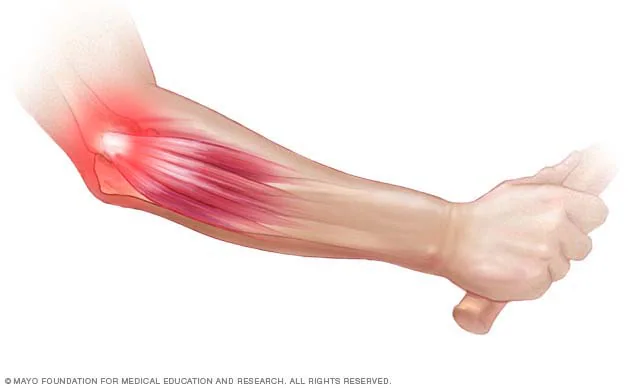
What is Tennis Elbow (Lateral Epicondylitis)? Tennis elbow, medically known as lateral epicondylitis, is a painful condition caused by overuse or degeneration of the extensor tendons that attach to the lateral epicondyle — the bony bump on the outside of the elbow. The condition ranges from tendonitis (inflammation) to tendinosis (degenerative changes and microtears) and can cause weakness, pain with gripping, and difficulty with wrist extension.
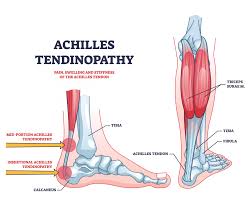
The Achilles tendon—the largest tendon in the human body—connects the calf muscles to the heel bone. It plays a vital role in walking, running, and jumping. Unfortunately, it is also one of the most commonly injured tendons. Achilles tendon injuries can range from mild inflammation to complete ruptures, often leading to significant pain and mobility issues. Understanding the causes, symptoms, and treatment options is essential for effective recovery.
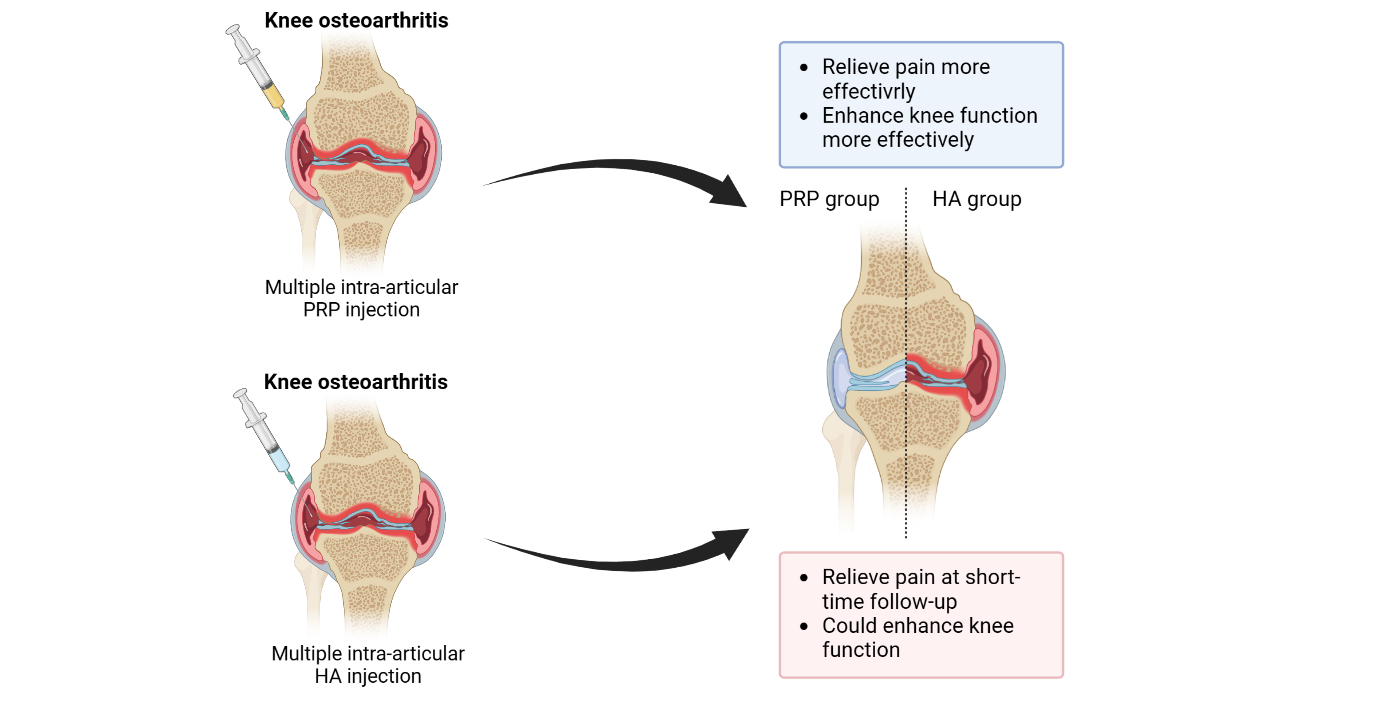
If you’re struggling with joint pain due to arthritis, you’ve probably heard of hyaluronic acid injections and platelet-rich plasma (PRP) therapy. These are two of the most talked-about non-surgical arthritis treatments today. But how do they compare? Which one is right for your needs? In this blog, we’ll break down the benefits, differences, and what the research says about hyaluronic acid (HA) injections vs. PRP for arthritis—so you can make an informed decision for your joint health.

Distal radius fractures are among the most common orthopedic injuries, especially in older adults and athletes. If you’ve recently been diagnosed with a wrist fracture, you might be wondering: Do I need surgery? or Can it heal without an operation? This blog explores both operative and non-operative treatment options for distal radius fractures to help you understand your choices and improve your recovery outcome.

What Is a Total Knee Replacement? A total knee replacement (TKR), also known as knee arthroplasty, is a surgical procedure where a damaged or worn-out knee joint is replaced with an artificial implant. It’s often recommended for people suffering from severe osteoarthritis, rheumatoid arthritis, or traumatic injuries that limit mobility and cause chronic pain.
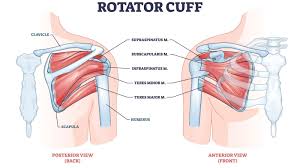
Learn everything you need to know about rotator cuff repair surgery, from treatment options to recovery tips. Expert advice on healing shoulder injuries effectively.
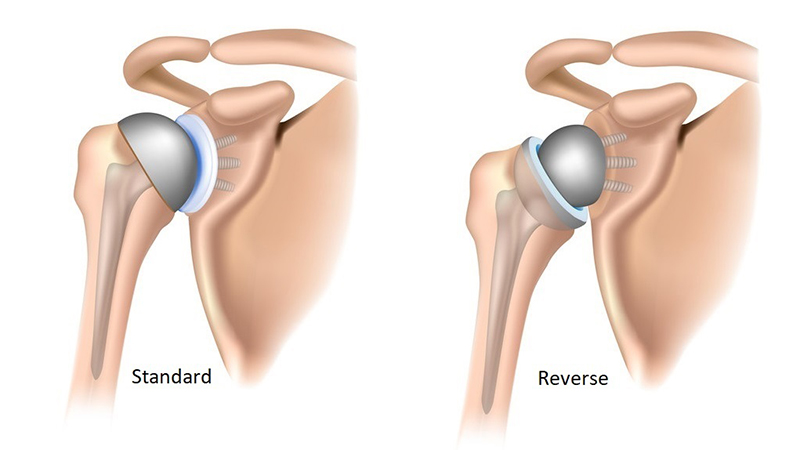
Shoulder replacement surgery is a highly effective treatment option for individuals suffering from chronic shoulder pain, arthritis, or severe fractures that limit mobility and reduce quality of life. This blog will explore the key differences between anatomic shoulder replacement and reverse total shoulder replacement, helping you understand which option might be right for you.
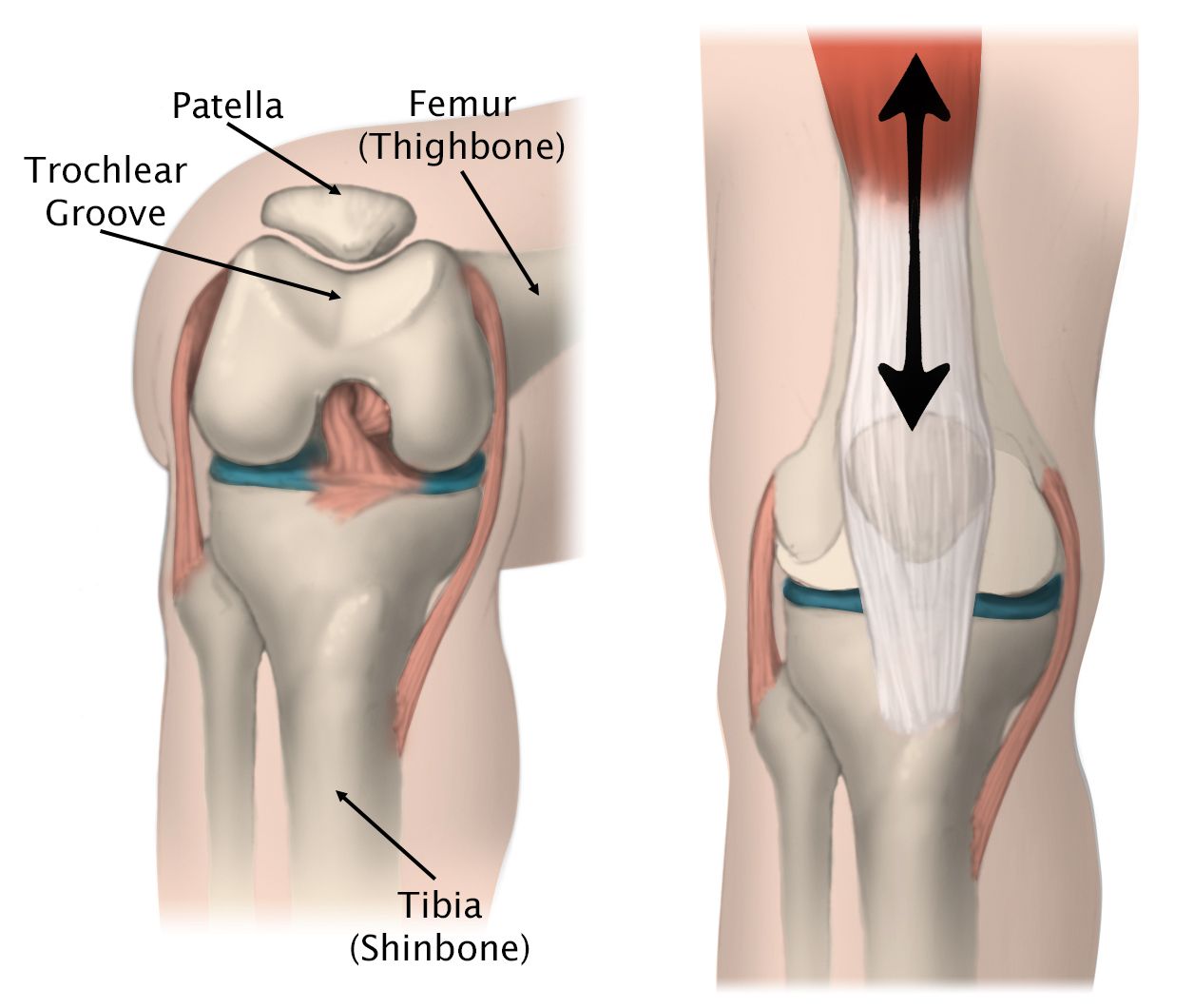
What is a Patellar Dislocation? A patellar dislocation occurs when the kneecap (patella) moves out of its normal groove on the femur (thigh bone), typically shifting to the outside of the knee. This injury is most common in young athletes but can affect individuals of any age. Dislocations can happen due to trauma, such as a fall or sports injury, or because of anatomical predispositions like shallow trochlear grooves or ligament laxity.
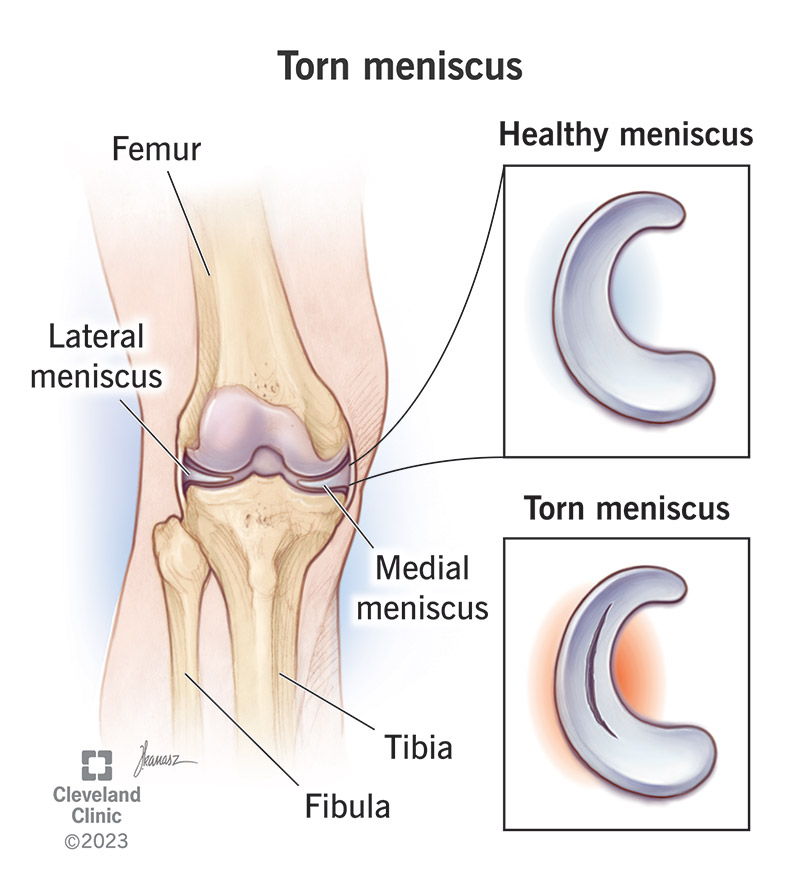
What Is a Meniscus Tear? A meniscus tear is a common knee injury that affects the cartilage between the thigh bone (femur) and shinbone (tibia). Each knee has two menisci—medial and lateral—that act as shock absorbers and help stabilize the joint. Tears often occur during sports or physical activity but can also result from wear and degeneration over time.
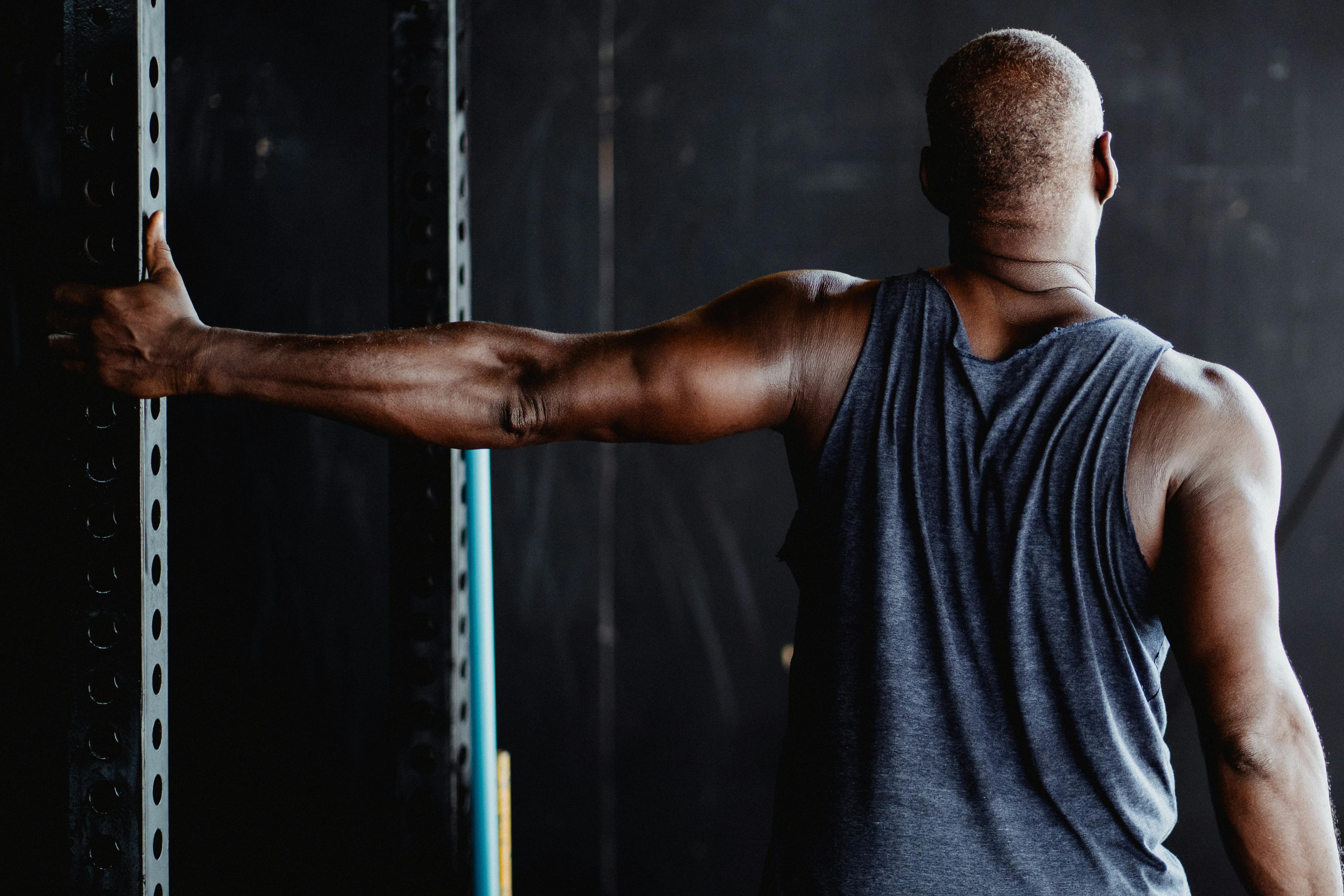
Learn about shoulder dislocations from an orthopedic sports medicine expert’s perspective. Explore non-surgical and surgical treatment options, rehab protocols, and prevention tips.
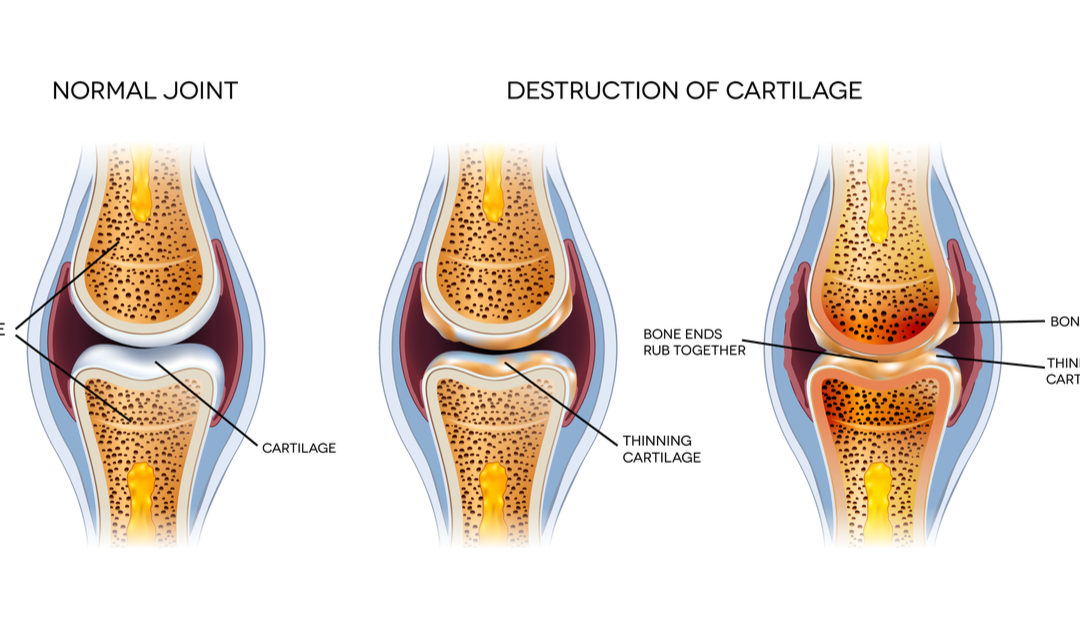
Learn how cartilage preservation and joint restoration surgeries like MACI and osteochondral allograft procedures help restore knee function, reduce pain, and delay joint replacement.
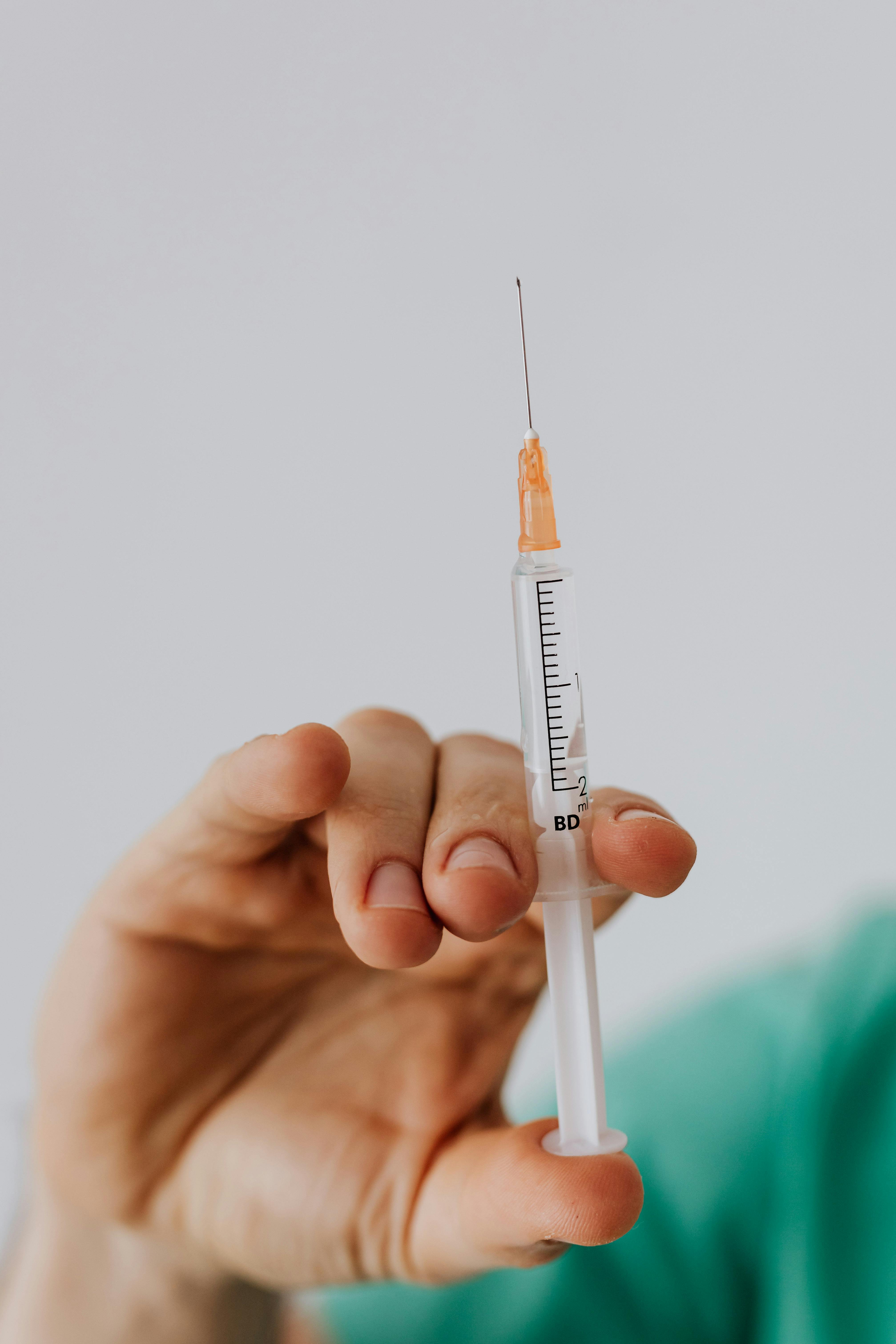
Discover how Platelet-Rich Plasma (PRP) injections are revolutionizing orthopedic care. Learn how PRP helps treat sports injuries, arthritis, and joint pain naturally and effectively.

Basketball is one of the most popular and physically demanding sports in the country. The high-impact nature of the game, combined with rapid movements like running, jumping, and quick direction changes, makes basketball players prone to injuries. Understanding the most common basketball injuries, their symptoms, and prevention tips can help players stay safe and recover faster.In this blog, we’ll explore the top 5 injuries basketball players experience most often — from sprained ankles to knee ligament tears — and discuss how a sports medicine specialist can support your recovery.
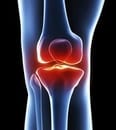
A meniscus tear is one of the most common knee injuries in athletes, especially those participating in contact sports like football, rugby, and basketball. The meniscus is a C-shaped cartilage that cushions your knee joint, absorbing shock between your thighbone (femur) and shinbone (tibia). Meniscus tears often occur from sudden twisting or pivoting motions, causing pain, swelling, and limited knee mobility.

ACL tears are a frequent injury in sports and physical activities that involve quick stops, sudden changes in direction, or direct impacts to the knee. Recognizing the symptoms of an ACL tear early can prevent further damage and speed up your recovery. In this guide, we’ll help you identify common signs of an ACL injury and explain when it’s important to consult a knee specialist for treatment.

